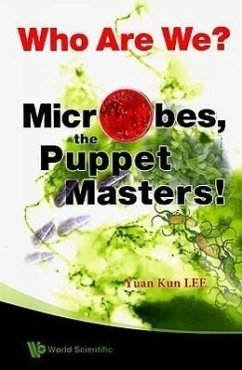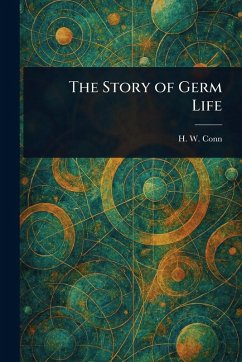
Microbes and the Microbe Killer
Versandkostenfrei!
Versandfertig in über 4 Wochen
22,99 €
inkl. MwSt.
Weitere Ausgaben:

PAYBACK Punkte
11 °P sammeln!
Dive into the late 19th century with William Radam's "Microbes and the Microbe Killer," a fascinating and controversial treatise on the nature of disease and its purported cure. Radam, a self-proclaimed medical innovator, details his theories about microbes as the root cause of all ailments and champions his own invention, "Radam's Microbe Killer," as the universal remedy. This book offers a unique window into the world of alternative medicine and patent remedies during a period of rapid scientific advancement and intense medical debate. Whether viewed as a groundbreaking discovery or a questi...
Dive into the late 19th century with William Radam's "Microbes and the Microbe Killer," a fascinating and controversial treatise on the nature of disease and its purported cure. Radam, a self-proclaimed medical innovator, details his theories about microbes as the root cause of all ailments and champions his own invention, "Radam's Microbe Killer," as the universal remedy. This book offers a unique window into the world of alternative medicine and patent remedies during a period of rapid scientific advancement and intense medical debate. Whether viewed as a groundbreaking discovery or a questionable elixir, Radam's work sparked considerable public interest and continues to intrigue those interested in the history of medicine, scientific controversies, and the enduring quest for health and wellness. "Microbes and the Microbe Killer" is a valuable historical document reflecting the beliefs and practices of its time. This work has been selected by scholars as being culturally important, and is part of the knowledge base of civilization as we know it. This work was reproduced from the original artifact, and remains as true to the original work as possible. Therefore, you will see the original copyright references, library stamps (as most of these works have been housed in our most important libraries around the world), and other notations in the work. This work is in the public domain in the United States of America, and possibly other nations. Within the United States, you may freely copy and distribute this work, as no entity (individual or corporate) has a copyright on the body of the work. As a reproduction of a historical artifact, this work may contain missing or blurred pages, poor pictures, errant marks, etc. Scholars believe, and we concur, that this work is important enough to be preserved, reproduced, and made generally available to the public. We appreciate your support of the preservation process, and thank you for being an important part of keeping this knowledge alive and relevant.












